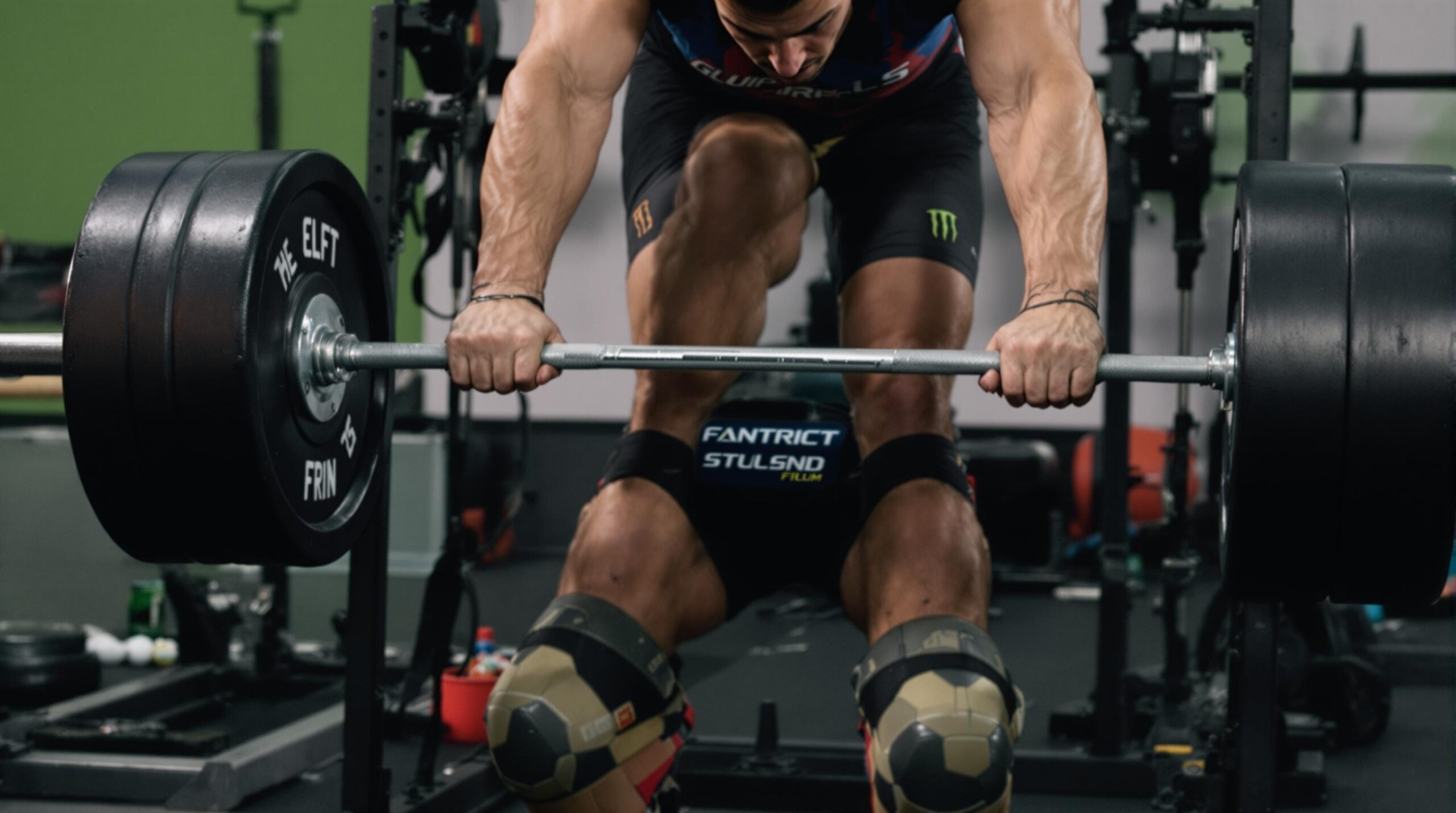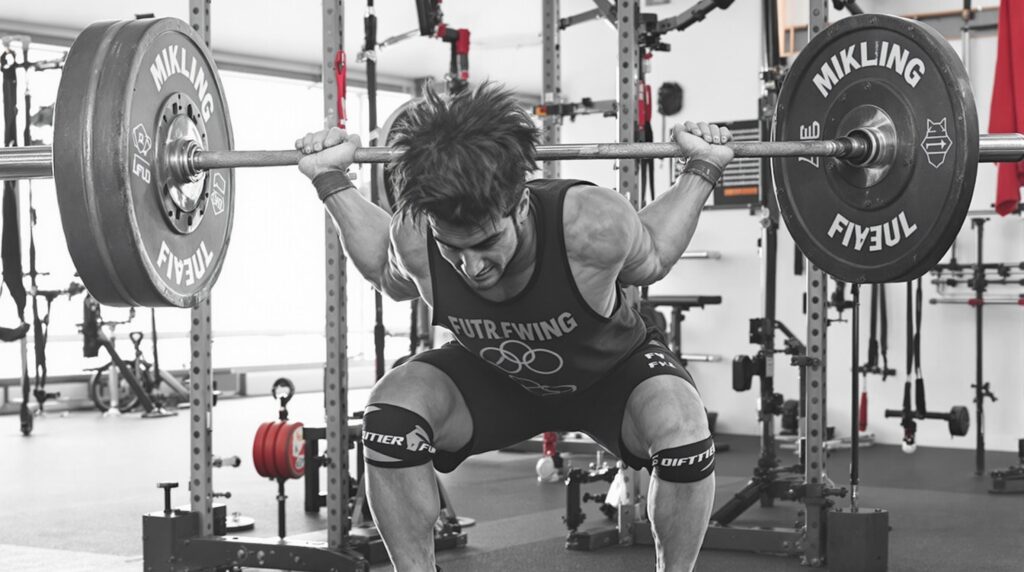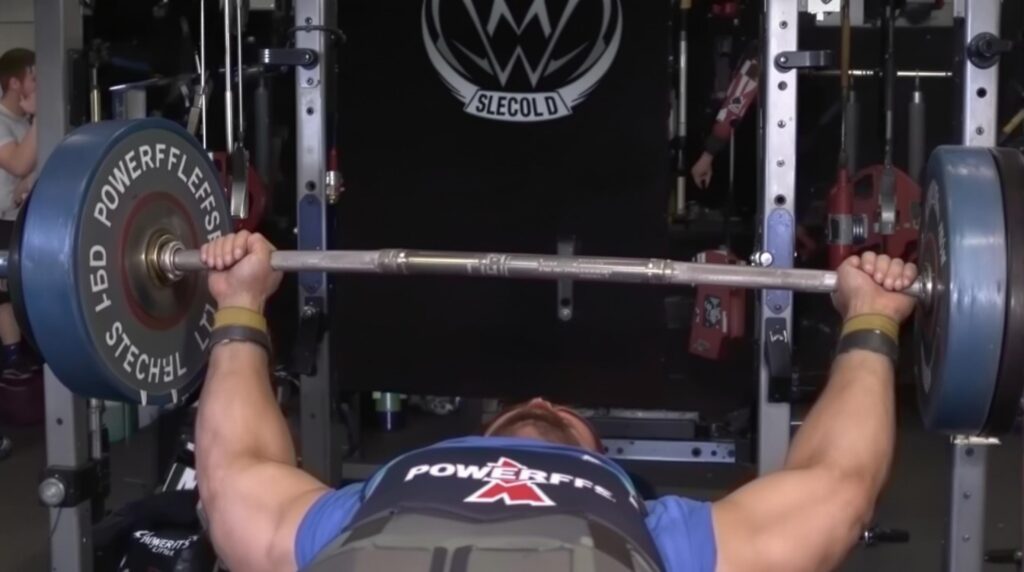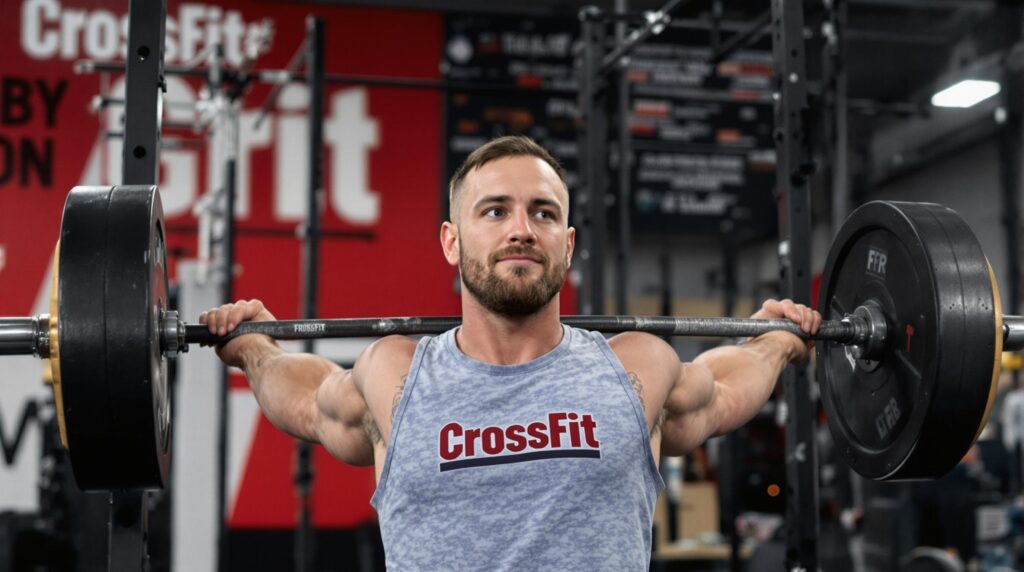The greatest strength athletes in history don’t just rely on genetics or willpower—they employ highly structured systems across training, nutrition, and recovery to achieve their record-breaking lifts. World lift record holders like Lasha Talakhadze, who achieved a staggering 492 kg total, follow scientifically-backed protocols and precise training methodologies that systematically build superhuman strength.
Key Takeaways
- Periodized training in 12-week blocks forms the foundation of world-class strength development
- Elite lifters dedicate 20-30% of training time to technical mastery through corrective exercises
- Precise nutrition protocols include 1.2-1.7g/kg protein daily and strategic carb-loading before competitions
- Recovery is non-negotiable, with modalities like cold-water immersion reducing inflammation by 28%
- Top athletes use supplement timing strategies to maximize strength gains and recovery
Record-Breaking Fundamentals: Inside Elite Strength Athletes’ Methods
The difference between good and great in strength sports often comes down to systematic training approaches. World record holders like Lasha Talakhadze (492 kg total), Li Wenwen (335 kg women’s +87 kg record), and Rahmat Erwin Abdullah (204 kg clean & jerk in the 81 kg class) don’t rely on random training days or haphazard programs.
These athletes have mastered periodization—the planned manipulation of training variables—along with precise nutrition protocols and recovery systems. Their methods yield measurable strength increases of 13-22 kg in total lifts through structured 12-week programs, making their success repeatable rather than accidental.
What makes these approaches special is the integration of all components: training architecture, technical mastery, and recovery working together as a cohesive system. Each element reinforces the others to create the perfect environment for record-breaking performance.

Periodized Training Architecture: How Champions Structure Their Year
Elite lifters don’t train the same way year-round. Instead, they follow carefully designed cycles that build toward competition peaks. Greg Everett’s 12-week Olympic weightlifting template exemplifies this approach with clear phases:
Weeks 1-8 focus on lift variations at 70-85% of one-rep max (1RM), building both strength and technical proficiency. Weeks 9-12 shift dramatically to competition-specific singles and doubles at 90-100% 1RM, preparing the athlete for platform performance.
Marty Gallagher’s straight-line periodization—used by over 30 world champions—employs 12-week blocks with a methodical decrease in volume and increase in intensity. This approach helped Kirk Karwoski achieve his legendary 1,003 lb squat in 1995 through strict adherence to preplanned progression.
Key metrics that drive these programs include:
- 5-rep sets for building foundational strength
- Transition to triples and doubles as competition approaches
- 3-4 month macrocycles with daily microadjustments (±2.5 kg) based on readiness
- Strategic deloads to prevent overtraining and injury
Technical Mastery and Positional Training
Raw strength alone doesn’t create record lifts—technical efficiency allows that strength to be expressed optimally. Elite lifters dedicate 20-30% of their training time to corrective variations that address weaknesses and reinforce proper positioning.
These technical sessions include specialized exercises like:
- Snatch balances at 70-80% of max snatch to develop overhead stability
- 3-second paused squats at parallel position to eliminate sticking points
- Eccentric overload work at 110-120% 1RM on deadlifts and squats
- Position-specific drills to build strength in vulnerable ranges of motion
Rahmat Erwin Abdullah’s development included thrice-weekly jerk dips with 130% of his jerk max to build the lockout power needed for his world record. This focus on positional strength—not just general strength—makes the difference between good and elite performances.
Movement refinement through complexes like “clean + front squat + jerk” builds both technical proficiency and work capacity simultaneously. These combinations train movement patterns under fatigue, creating the neuromuscular adaptations needed for consistent performance.
Nutrition Protocols for Maximal Strength Development
According to USA Weightlifting’s 2024 guidelines, precise macronutrient intake forms the foundation of elite performance. Their recommendations include:
- Protein: 1.2-1.7 g/kg daily (108-153g for a 90kg athlete)
- Carbohydrates: 6-10 g/kg (540-900g for a 90kg athlete)
- Fats: 25-30% of total caloric intake
Competition nutrition strategies get even more specific, with 72-hour carb-loading protocols at 10-12 g/kg to maximize muscle glycogen. During longer training sessions, 30-60g of cyclic dextrins help maintain energy levels and prevent performance drops.
The post-training window is treated with equal importance: 40g whey protein combined with 80g high-glycemic index carbs within 30 minutes after lifting to accelerate recovery and protein synthesis.
Lasha Talakhadze’s daily intake during peak training is staggering: 7,500 calories comprised of 900g carbs, 250g protein, and 200g fats. His intra-workout nutrition includes 60g of highly branched cyclic dextrin (HBCD) plus 15g essential amino acids (EAA) to fuel marathon training sessions.
Performance-Enhancing Supplements and Timing
While nutrition fundamentals create the foundation, strategic supplementation can provide the additional edge needed for record performances. The most evidence-backed supplements include:
Creatine monohydrate taken as 5g pre/post workout plus 3g on rest days has been shown to increase strength by 8-14% according to research cited by National Fitness Organization. Beta-alanine at 4-6g daily in split doses helps delay fatigue in sets lasting longer than 60 seconds—critical for high-rep training phases.
Vitamin D3 at 5,000 IU daily with a fatty meal helps optimize testosterone synthesis and general hormone production, especially important for strength athletes training in northern latitudes or primarily indoors.
The timing of these supplements isn’t random—elite athletes follow specific protocols based on training phases:
- Pre-workout: Caffeine (3-6mg/kg) 30-60 minutes before heavy sessions
- During training: BCAAs or EAAs with highly branched cyclic dextrin
- Post-workout: Fast-digesting protein and high-glycemic carbs
- Before bed: Slow-release casein protein to support overnight recovery
Recovery Systems for High-Frequency Training
Elite weightlifters don’t just train harder—they recover smarter. Cold-water immersion at 10°C for 10 minutes reduces inflammation by 28% and accelerates recovery between training sessions. Compression garments worn for 2 hours post-lift increase venous return and reduce delayed onset muscle soreness (DOMS).
Daily myofascial release for 15 minutes targeting quads and lats with pneumatic percussion guns has become standard practice among top lifters. This focused approach to tissue quality maintains movement efficiency and prevents injury during high-volume training.
Sleep optimization represents perhaps the most underrated recovery tool. Many elite athletes use 15-30mg CBD before bed to extend deep sleep phases, while keeping bedrooms at a cool 16-18°C to promote optimal sleep quality. These seemingly small details create the conditions for consistent recovery that supports relentless progression.
Case Study: Lasha Talakhadze’s World Record Training Program
The Georgian superheavyweight’s approach to training offers valuable insights into record-breaking methodology. His training split includes morning sessions with snatch complexes at 85-90% intensity plus back squats (5×5 at 75%), followed by evening sessions with clean & jerk singles at 90-95% plus pulls at 110% of his clean.
This twice-daily approach allowed Talakhadze to set astonishing records: a 225kg snatch (improved 5kg from 2021 via block periodization) and a 267kg clean & jerk (developed through three weekly deficit pulls at 140%). His total of 492kg represents the highest Sinclair coefficient (relative strength score) in weightlifting history.
Talakhadze’s implementation of core methods includes:
- Strict periodization with planned intensity waves
- Technical refinement sessions separate from heavy lifting
- Massive but precise nutrition (7,500 calories daily)
- Comprehensive recovery protocols between sessions
Application for Intermediate and Advanced Lifters
While few will reach Talakhadze’s heights, his methods can be scaled appropriately for intermediate and advanced lifters. The principles remain consistent even as the specific numbers change:
Modified periodization approaches maintain the core principles but with adjusted volume and intensity. For example, a busy professional might use 4-day training splits instead of twice-daily sessions while keeping the same progression patterns.
Nutrition protocols can be scaled based on bodyweight and training frequency, maintaining the same macronutrient ratios but with adjusted total calories. Recovery priorities should be established for those balancing strength training with work and life demands.
The key insight from world record holders is that systems—not just effort—create extraordinary results. By applying these principles at an appropriate scale, intermediate lifters can achieve their own personal records while learning from history’s strongest athletes.
Sources
catalystathletics.com – Olympic weightlifting workouts & training programs
usaweightlifting.org – The impact of nutrition on your weightlifting performance



